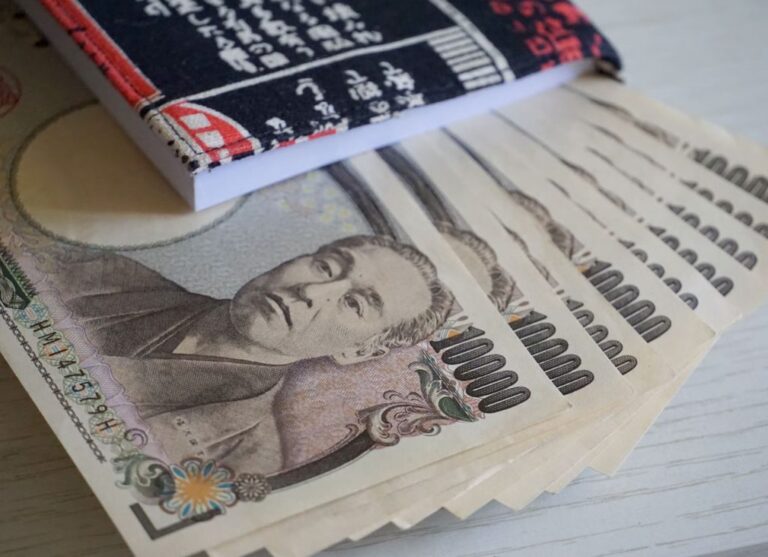
Morning Brief – Emerging Market Meltdown
War as an economic event creates winners and losers. Theories of politics and economics suggest that there’s more losers than winners (on average by mode and mean) and in most episodes of at least recent history the world suffers economic and general setback as a result of it. Some currencies are notably less pessimistic about the prospect of war. Indeed some of the most recent winning currencies of war are what you may have thought to be highly unlikely candidates. USD and its safehaven chums is a perhaps unsurprising beneficiary of conflict. Higher risk and instability in the political economy and its currency’s demand swells as balance sheets board USD liquidity. But many emerging market currencies apart from the geographically entangled Eastern European basket have also appreciated seemingly exponentially alongside the conflict and subsequent sanctions.
The logic or perhaps simple market forces boil down to the fact that the rising price of raw materials can benefit those emerging market economies involved in the export of primary goods by absorbing some of the supply and demand that normally flows through Russia. Huge surges in the price of all that is hard and shiny in the commodity market lifted ZAR given its economy’s role in the production and export of precious metals. Concerns over food production within Ukraine and Russia boosted soft commodity exporters in South America, notably Brazil and its Real. However, it seems the music for many emerging markets however has now stopped and with risk elevated on most corners of the globe, there aren’t many chairs left unoccupied.
Rising rate expectations within the Western Hemisphere have served to inject yield into what has been an otherwise unrewarding cash paradigm since the pandemic. Stated by the Bank of England’s own (admittedly hawkish) Michael Saunders yesterday, the UK’s neutral rate of interest could be 1.25% to 2.5% and he wants to get there quickly. In the US, the yield curve implies even more mature interest rate expectations comfortably in excess of 3%. As growth expectations continue to be slashed and the reward for cash in safer financial systems becomes greater, emerging markets are now on the back foot, despite the tailwind of tighter commodity markets created by Russia’s invasion of Ukraine.
Growth expectations in China have pushed the Chinese Renminbi to recent lows. Many questions surround how China and its PBoC will manage the exodus of value behind the currency in the coming weeks. For now, the weak growth prospects have undermined emerging market currencies most notably the BRL and ZAR due to the high correlation these currencies and economies typically exhibit with China.
Discussion and Analysis by Charles Porter

Click Here to Subscribe to the SGM-FX Newsletter
Related Insights

Morning Brief – Japanese Yen
Japanese Yen With JPY at a new 34 year low versus EUR, the market is set for an ambush by the Bank of Japan if it acts today at the end of their Policy Meeting to support the Yen. The reason that the market is susceptible is because it has convinced itself that the BoJ […]

Morning Brief – Coalition
Coalition This briefing is about South Africa and the Rand, which frequently proves to be one of the more divisive subjects within our roster of currencies. In particular, with the election looming, this will be about South African governance. Not from a political or human perspective about what may be the best long term outcome […]

Morning Brief – US Tariffs on Chinese Imports
US Tariffs on Chinese Imports Recently we wrote about how Mexico has become the Number One trade partner for the USA. It now transpires that Mexico may have had what is known as a little assist with their numbers: the statistics for the number of 20 foot shipping containers for the first three Quarters of […]



 Humphrey Percy
Humphrey Percy Charles Porter
Charles Porter